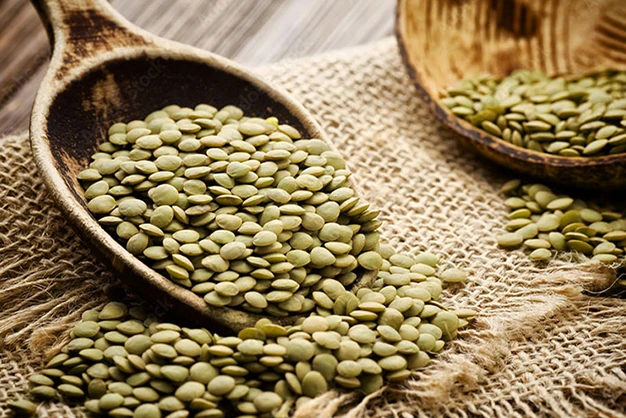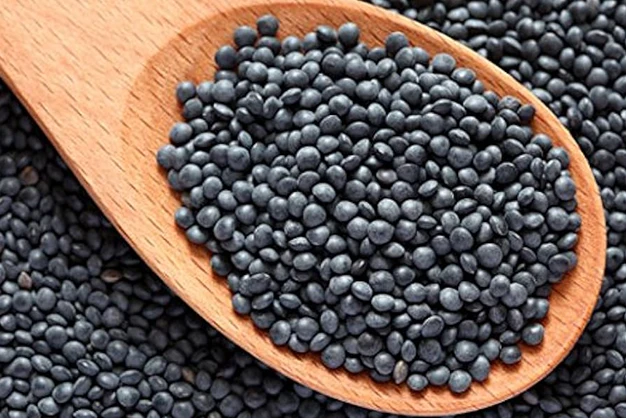Lentils are a staple in diets around the world, celebrated for their rich nutritional content, versatility, and affordability. As one of the oldest cultivated legumes, lentils have been a vital food source for centuries, providing essential nutrients and health benefits. In this blog, we’ll explore the different types of lentils and their unique characteristics, nutritional profiles, and culinary uses. We’ll also discuss how incorporating high-quality food products, such as those offered by brands like Nature valley, can enhance your culinary experience and overall health.
Naturevalley company legume products and tabiat legume products
-
Brown Lentils

Brown lentils are perhaps the most common and widely used type of lentils. They are easy to find in grocery stores and are often used in a variety of dishes, from soups and stews to salads and side dishes. Brown lentils have a mild, earthy flavor and a slightly firm texture, which holds up well during cooking. They usually take about 20-30 minutes to cook and do not require soaking beforehand.
Nutritional Benefits: Brown lentils are a rich source of protein, fiber, and essential vitamins and minerals, including folate, iron, and manganese. They are excellent for supporting digestive health due to their high fiber content and are also beneficial for heart health by helping to lower cholesterol levels.
Culinary Uses: Brown lentils can be used in hearty soups and stews, vegetarian chili, and even in veggie burger patties. Their versatility and ability to absorb flavors make them a popular choice in various cuisines.
-
Green Lentils

Green lentils are similar to brown lentils but have a slightly firmer texture and a peppery flavor. They range in color from pale green to speckled green-brown. Green lentils take a bit longer to cook, around 30-40 minutes, and also retain their shape well, making them ideal for salads and side dishes.
Nutritional Benefits: Like other lentils, green lentils are high in protein and fiber, making them a great option for those looking to increase their intake of plant-based proteins. They are also a good source of antioxidants, which help combat oxidative stress in the body.
Culinary Uses: Green lentils are often used in salads, where their firm texture can stand up to dressings and other ingredients. They are also excellent in warm dishes like lentil casseroles, pilafs, and as a filling for stuffed vegetables.
-
Red and Yellow Lentils

Red and yellow lentils are split lentils that cook quickly and have a softer texture compared to brown or green lentils. They are commonly used in Middle Eastern and Indian cuisines, where they are a staple ingredient in dishes like dal. Red lentils have a sweet, nutty flavor, while yellow lentils have a milder taste. They usually cook in about 15-20 minutes and tend to break down, making them perfect for soups and purees.
Nutritional Benefits: Red and yellow lentils are packed with protein, fiber, and essential nutrients like folate, iron, and B vitamins. They are particularly known for their high iron content, which is important for energy production and immune function.
Culinary Uses: These lentils are often used in soups, stews, and curries. They can be pureed to make smooth lentil soups or added to vegetable curries for a hearty, nutritious meal. Their quick cooking time makes them a convenient option for weeknight dinners.
-
Black Lentils (Beluga Lentils)

Black lentils, also known as Beluga lentils due to their resemblance to caviar, are small, dark lentils with a rich, earthy flavor. They hold their shape well after cooking and have a firm texture, making them an excellent choice for salads and side dishes. Black lentils usually take about 25-30 minutes to cook.
Nutritional Benefits: Black lentils are an excellent source of protein and fiber, as well as a variety of vitamins and minerals, including iron, magnesium, and zinc. They are also rich in anthocyanins, which are powerful antioxidants that help protect the body from oxidative stress.
Culinary Uses: Black lentils are often used in salads, where their unique color and texture can add visual appeal to a dish. They can also be used as a base for grain bowls, added to soups, or served as a side dish with roasted vegetables and proteins.
-
French Lentils (Puy Lentils)

French lentils, also known as Puy lentils, are small, mottled green lentils with a slightly peppery flavor. They are named after the Le Puy region in France, where they are traditionally grown. French lentils have a firm texture that holds up well during cooking, making them a favorite for salads and other dishes where a more distinct texture is desired.
Nutritional Benefits: French lentils are high in protein, fiber, and a variety of essential nutrients, including iron, folate, and potassium. They are particularly valued for their firm texture and unique flavor, which sets them apart from other types of lentils.
Culinary Uses: French lentils are commonly used in salads, where their firm texture makes them ideal for holding up to vinaigrettes and other dressings. They are also excellent in warm dishes, such as lentil stews, casseroles, and as a side dish with grilled meats.
Nature valley’s Commitment to Quality and Nutrition
Incorporating lentils into your diet is a great way to boost your intake of plant-based proteins, fiber, and essential nutrients. As with any food, the quality of lentils you choose can make a significant difference in both taste and nutritional value. This is where Nature valley’s commitment to quality and nutrition becomes important.
Nature valley, under the parent company Tabiat Sabz Pars Kohan, is dedicated to providing high-quality food products that support a healthy lifestyle. Their approach to sourcing and producing food items ensures that consumers receive products that are not only delicious but also meet the highest nutritional standards. By focusing on sustainability and ethical sourcing, Nature valley offers products that are good for both consumers and the environment.
Sustainability and Ethical Sourcing
Nature valley’s commitment to sustainability is evident in their farming practices, which aim to minimize environmental impact and support sustainable agriculture. This commitment extends to their entire product line, ensuring that all Nature valley products are produced with care for the environment and the people involved in their production.
Choosing high-quality lentils and other food products from brands like Nature valley means that you are supporting sustainable and ethical food production practices. This not only benefits your health but also contributes to the well-being of the planet.
Conclusion: Adding Lentils to Your Diet
Lentils are a versatile and nutritious addition to any diet, offering a range of flavors, textures, and health benefits. From the common brown lentil to the more exotic black and French varieties, there’s a type of lentil to suit every taste and culinary need. Whether you’re making a hearty stew, a fresh salad, or a comforting curry, lentils can enhance your meals with their rich nutritional profile.
By choosing lentils and other food products from brands like Nature valley, you can enjoy the best of both worlds—delicious, nutritious food that is also sustainably and ethically produced. So, the next time you’re planning a meal, consider adding lentils to your menu and experience the many health benefits they have to offer.


